Assalamu Alaikum friends
The History of Potatoes
Potatoes are root vegetables that originated in the Andes Mountains of South America. Indigenous peoples of the region cultivated potatoes over 7,000 years ago, and the crop became a staple in their diets. When Spanish explorers arrived in the Americas in the 16th century, they brought potatoes back to Europe, where the vegetable quickly spread across the continent.
Potatoes have since become a global food crop, ranking as the fourth most important crop worldwide after rice, wheat, and maize. They thrive in a variety of climates and are grown on every continent except Antarctica.
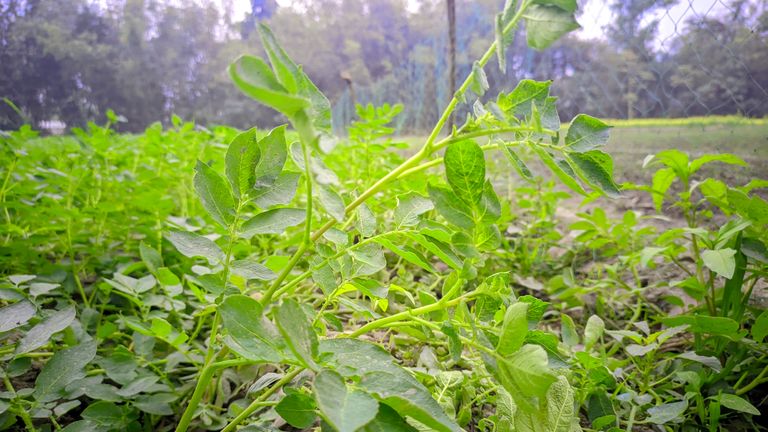
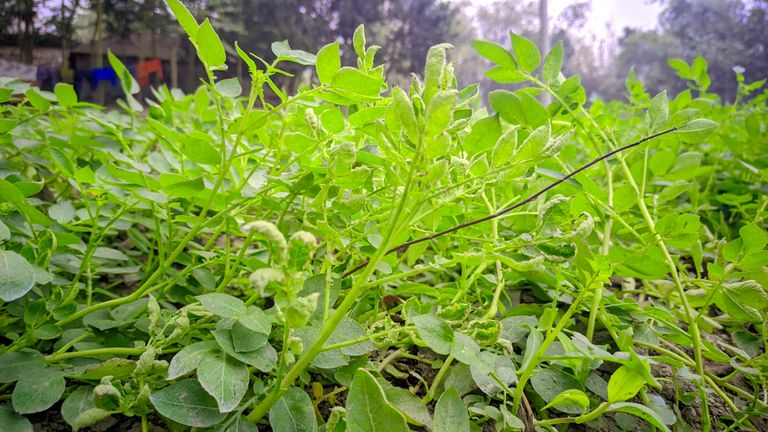
Nutritional Value of Potatoes
Potatoes are not only versatile but also highly nutritious. They are an excellent source of carbohydrates, making them a valuable energy source. Additionally, potatoes contain:
Vitamin C: Essential for immune function and skin health.
Vitamin B6: Important for brain development and function.
Potassium: Helps regulate blood pressure.
Fiber: Promotes digestive health.
Potatoes are also low in fat and free of cholesterol. However, their preparation method significantly affects their nutritional profile. For instance, baked or boiled potatoes retain most of their nutrients, while deep-fried versions, like French fries, are high in unhealthy fats and calories.
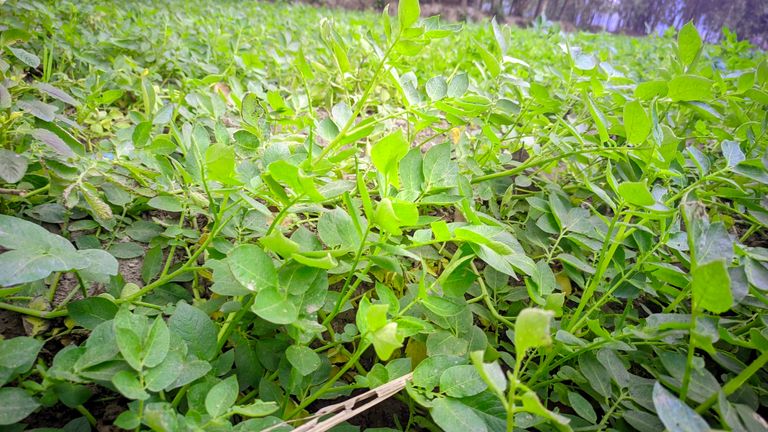
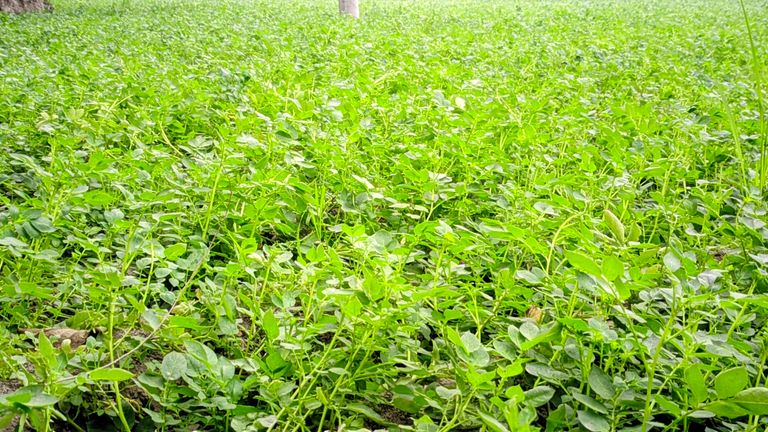
The Importance of Potato Greens
Potato greens, the leafy parts of the potato plant, are less commonly consumed but have significant value in certain regions. These greens are rich in vitamins, minerals, and antioxidants. However, it’s essential to note that the greens, like the rest of the potato plant, contain solanine, a natural toxin. When consumed in large amounts, solanine can cause digestive and neurological issues.
In some cultures, potato greens are cooked thoroughly to reduce toxicity and enhance edibility. For example, in parts of Africa, potato greens are stir-fried or stewed as a vegetable dish. Proper preparation, including boiling and discarding the cooking water, ensures they are safe to eat.
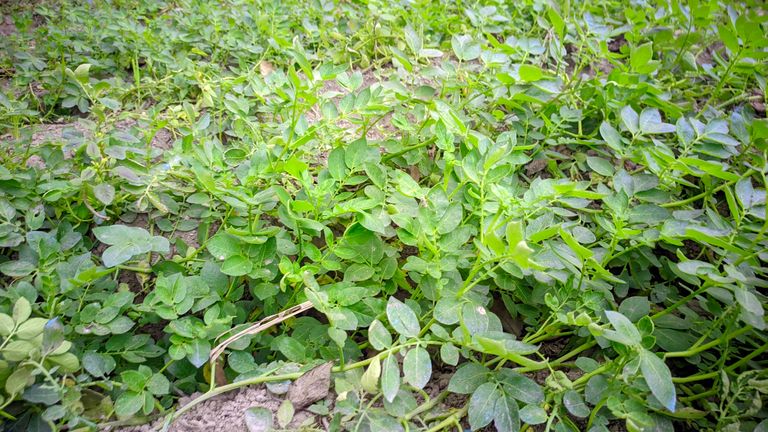

Cultivation of Potatoes
Potatoes are relatively easy to grow, making them a popular choice for both small-scale and industrial farming. They grow best in well-drained, fertile soil with a pH between 5.0 and 7.0.
Key steps in potato cultivation include:
Planting: Seed potatoes or potato pieces with “eyes” are planted in rows.
Hilling: Soil is mounded around the base of the plants as they grow to protect the developing tubers.
Watering: Potatoes require consistent moisture, especially during the tuber formation stage.
Harvesting: Potatoes are usually harvested when the leaves start to yellow and die back.
Potato plants are susceptible to pests and diseases, such as the Colorado potato beetle and late blight, which famously caused the Irish Potato Famine in the 19th century. Farmers use crop rotation and resistant varieties to manage these challenges.
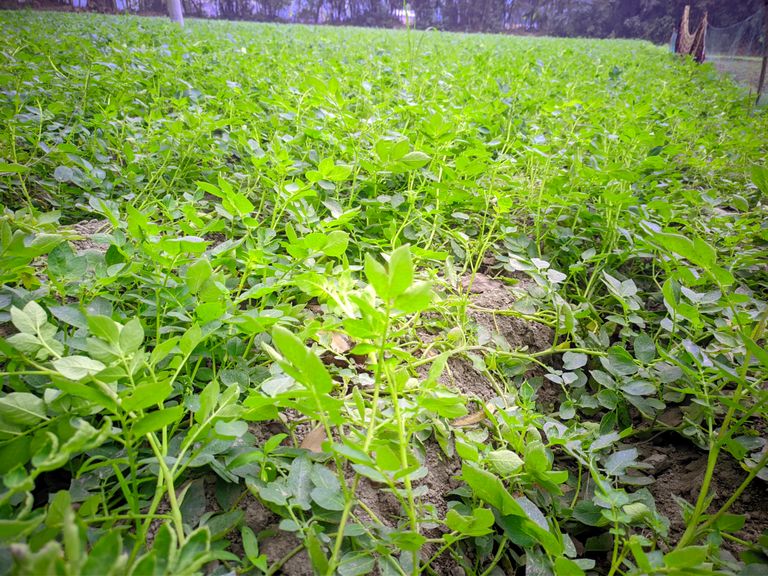
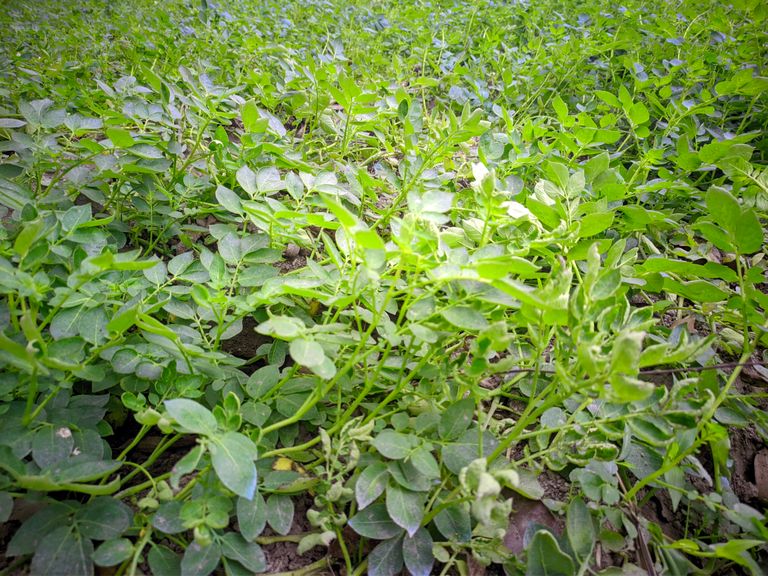
Culinary Uses of Potatoes
Potatoes are incredibly versatile and are prepared in countless ways worldwide. Common methods of preparation include boiling, baking, frying, and roasting. Popular potato-based dishes include:
Mashed Potatoes: A creamy side dish made with boiled and mashed potatoes, butter, and milk.
French Fries: Thinly sliced and deep-fried potatoes.
Potato Salad: A cold dish made with boiled potatoes, mayonnaise, and seasonings.
Chips/ Crisps: Thinly sliced and fried or baked potatoes, seasoned with salt or spices.
In addition to these familiar dishes, potatoes are also used to make flour, vodka, and other products.
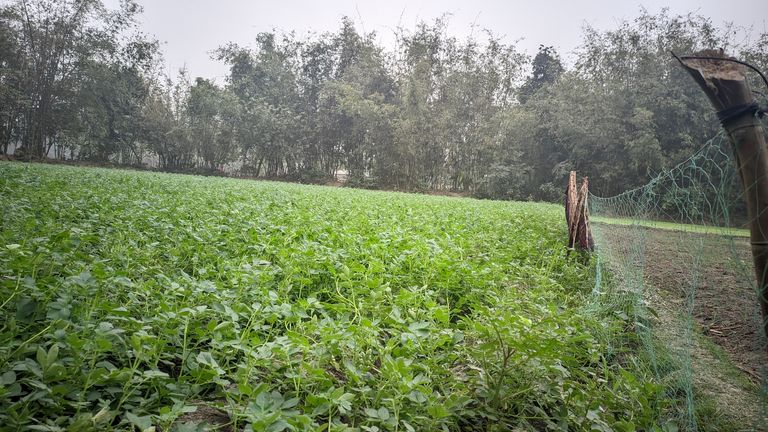
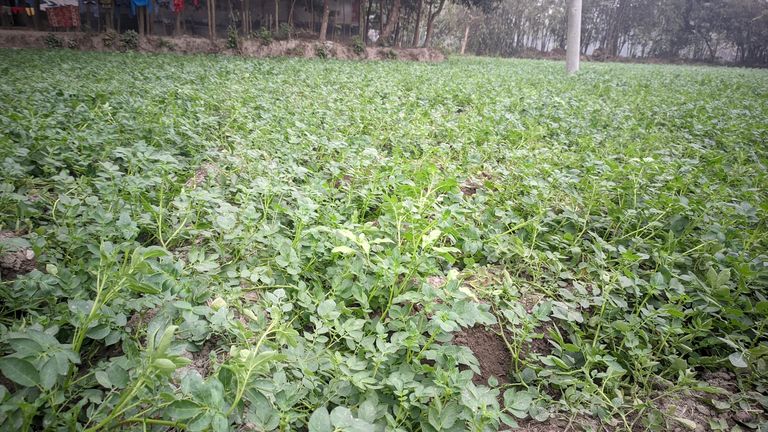
Cultural Significance of Potatoes
Potatoes play a central role in the culinary traditions of many countries. In Ireland, for example, potatoes are a historical staple and remain a symbol of national identity. Similarly, in Peru and Bolivia, where potatoes originated, they are celebrated in festivals and rituals.
The potato has also influenced global agriculture and food security. Its ability to grow in diverse climates and provide high yields makes it a critical crop for feeding growing populations.
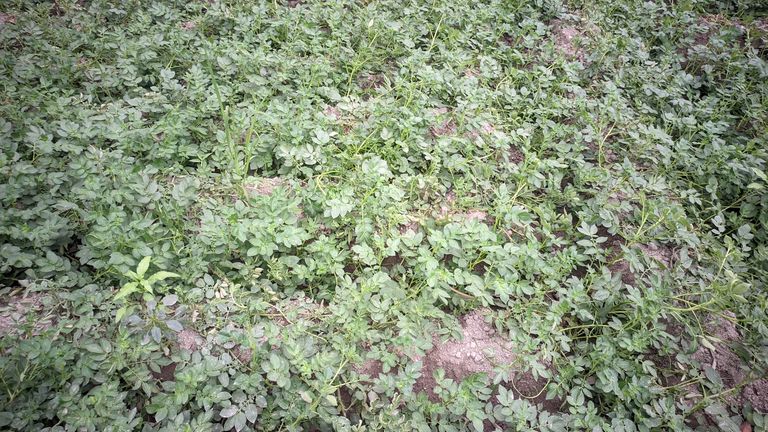
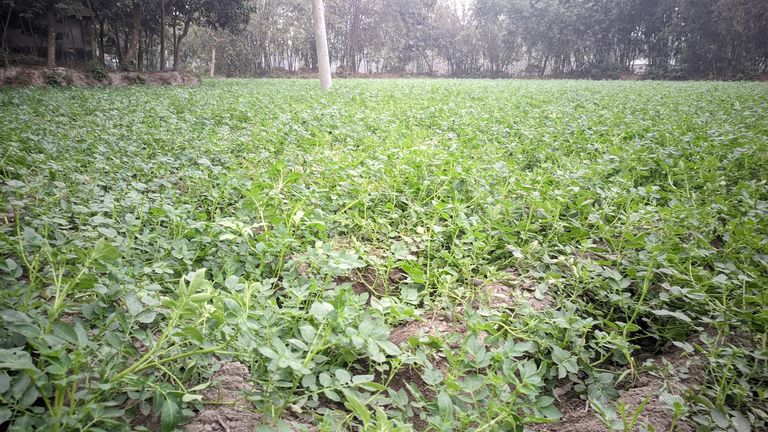
Potato Greens in Traditional Cuisines
In regions where potato greens are consumed, they are treated as a delicacy or a vital part of the diet. For instance:
African Cuisine: Potato greens are commonly used in stews and soups. They are often cooked with onions, tomatoes, and spices to create a flavorful dish.
Caribbean Cuisine: Some Caribbean recipes incorporate potato greens into dishes with coconut milk and seafood.
These greens are valued not only for their taste but also for their nutritional content, as they are rich in iron, calcium, and vitamins A and C.

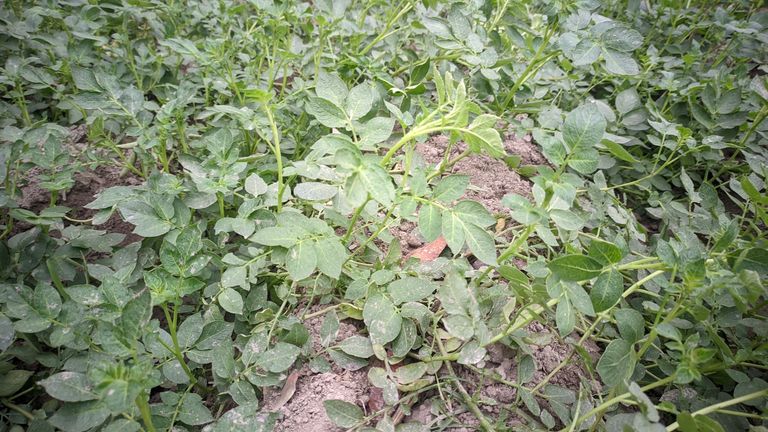
Challenges and Future of Potato and Potato Green Cultivation
Despite their global importance, potatoes face challenges, including climate change, pests, and diseases. Research into pest-resistant and drought-tolerant potato varieties is ongoing.
There is also increasing interest in exploring the potential of potato greens as a sustainable food source. With proper education on safe preparation methods, potato greens could become a more widely accepted and consumed vegetable.
Ending here today..........
❤️ Thanks for visiting my blog.
I hope you like this blog.
If you like the blog, let me know through the comment.
See you again in the next blog.
Stay healthy, be careful and follow me.
And Subscribe my YouTube Channel
https://youtube.com/@littlerafi-h6l?si=tyZIp4JJPDkbTQtL